How jet torch lighters work
In a world where precision meets performance, the jet torch lighter stands out as an essential tool for enthusiasts like me, whether I’m lighting a cigar or igniting a campfire. Understanding how jet torch lighters work can enhance our experience and make each flame effortlessly perfect. Come along as we explore the intricate mechanics behind these powerful devices!
How Do Jet Torch Lighters Work?
The Mechanism Behind the Flame
The heart of a jet torch lighter is its ability to produce a powerful, Fokuserad låga. At the core of this functionality lies the combination of pressure and butane fuel. When I ignite a jet torch lighter, butane is released from the fuel reservoir, and the internal pressure allows it to vaporize as it passes through a nozzle. The result? A high-velocity jet flame that can withstand winds and deliver consistent heat.
Key Components of Jet Torch Lighters
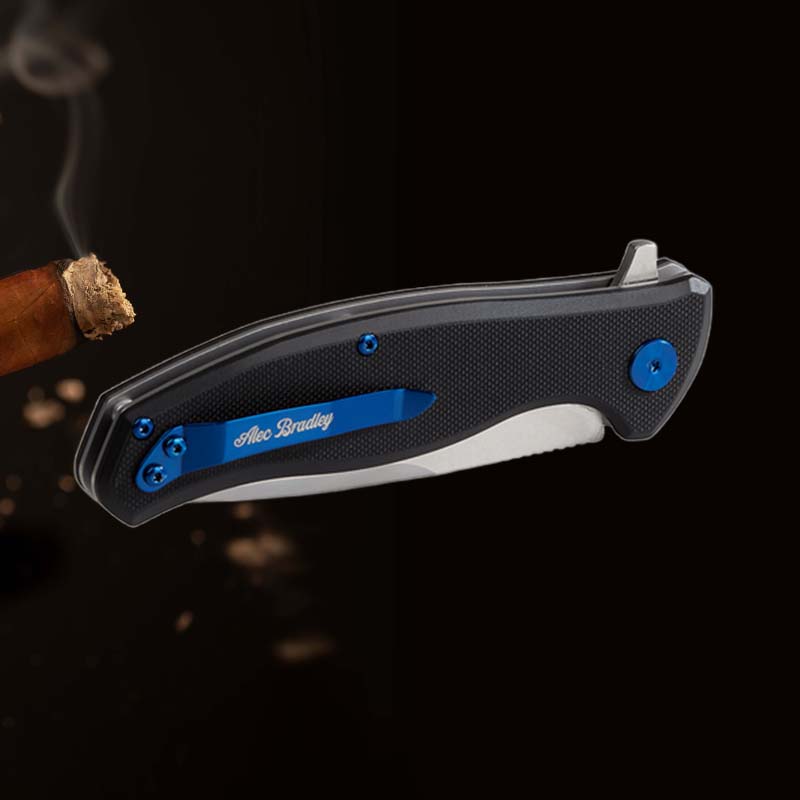
Fuel Source: The Role of Butane
- Energy-Dense: Butane is a highly efficient fuel, providing a strong flame with minimal storage space.
- Vaporization: It vaporizes quickly, allowing for a rapid ignition process.
- Cold Weather Performance: While butane performs well in many temperatures, I always check temperature ratings, especially in cold environments.
Ignition Systems Explained
Jet torch lighters typically use either piezoelectric or flint igniters. The piezoelectric system generates a spark through mechanical stress, creating an electric charge. This method is often reliable and easy to maintain. Däremot, flint igniters rely on striking against a rough surface to produce a spark. Each system has its advantages, but I lean toward piezoelectric igniters for their consistency and ease of use.
How to Use a Jet Torch Lighter Effectively
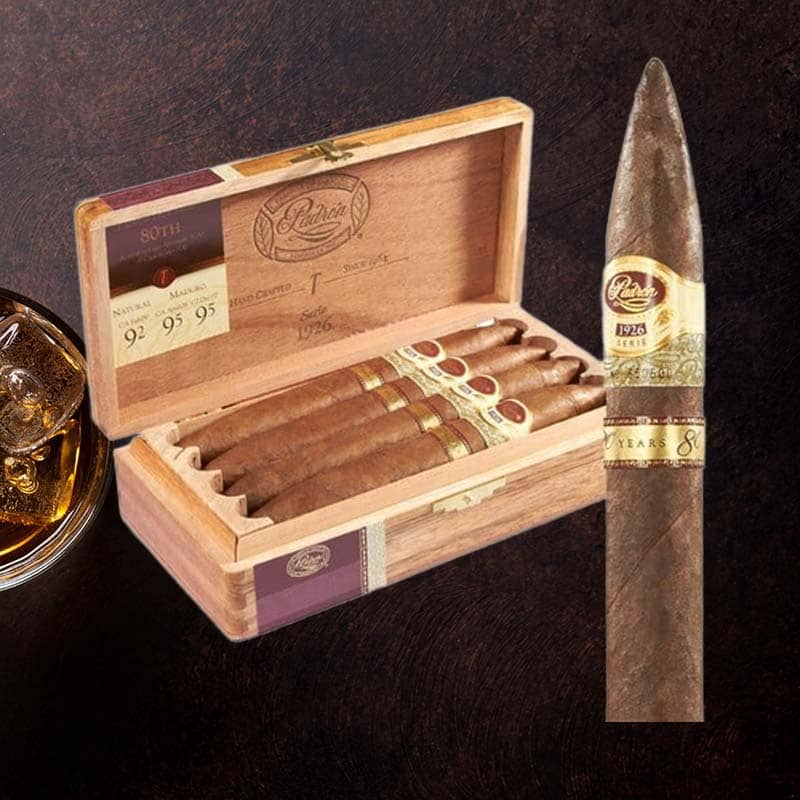
Lighting Techniques
- Hold at an Angle: I find that tilting the lighter slightly helps create a stable flame.
- Short Bursts: A quick press on the ignition is usually enough to get the flame going, conserving fuel.
- Control the Distance: Keeping the flame close to the item being lit ensures maximum efficiency.
Säkerhetsåtgärder
Safety first! I always remember to keep the lighter away from flammable materials and avoid pointing the flame toward my face or body. Dessutom, never use the lighter around fumes or vapors, as this can lead to dangerous situations.
Advantages of Using Jet Torch Lighters

Windproof Features for Outdoor Use
One of the most thrilling experiences is lighting a cigar outside on a windy day. Thanks to the windproof features of jet torch lighters, I can confidently ignite my cigar without worrying about gusts extinguishing my flame. The concentrated jet flame is resilient and stays lit in the most challenging conditions.
Consistent Flame Temperature
Whether I’m lighting up for a casual evening or preparing a gourmet meal outdoors, I appreciate that the temperature of the flame remains stable. This consistency allows me to achieve the desired results each time, whether it’s for a thorough roast or a gentle touch.
Comparing Jet Torch Lighters and Standard Lighters
Performance Differences
- Flamtyp: Jet torches produce a focused, high-intensity flame compared to the softer flame of standard lighters.
- Bränsleeffektivitet: Jet lighters generally utilize less fuel for a longer burn time.
- Vindmotstånd: Jet torches provide greater reliability outdoors.
Practical Applications
I’ve used jet torch lighters for various tasks, from lighting cigars to crafting delicate culinary dishes, such as caramelizing sugar on a crme brle. This versatility makes them invaluable, allowing me to seamlessly transition between the tasks at hand.
Common Issues with Jet Torch Lighters

Troubleshooting Flame Problems
If I encounter a weak or flickering flame, I first check the fuel level and ensure the nozzle is clean. Blockages can easily hinder performance, and a simple cleaning often restores functionality.
Underhållstips för livslängd
- Regular Refills: Keeping the fuel topped off prevents inconsistencies.
- Cleaning Nozzle: Occasionally blowing air through the nozzle helps ensure there are no blockages.
Fuel Considerations for Jet Torch Lighters
Använd butan av hög kvalitet
High-quality butane minimizes impurities that can clog or damage the lighter. Whenever I refill my lighter, I always choose reputable butane brands to ensure optimal performance and longevity.
How to Check Fuel Levels
Checking the fuel level is straightforward. Simply press the refill valve slightly; if no gas escapes, it’s time to refuel!
Features to Look for in a Jet Torch Lighter
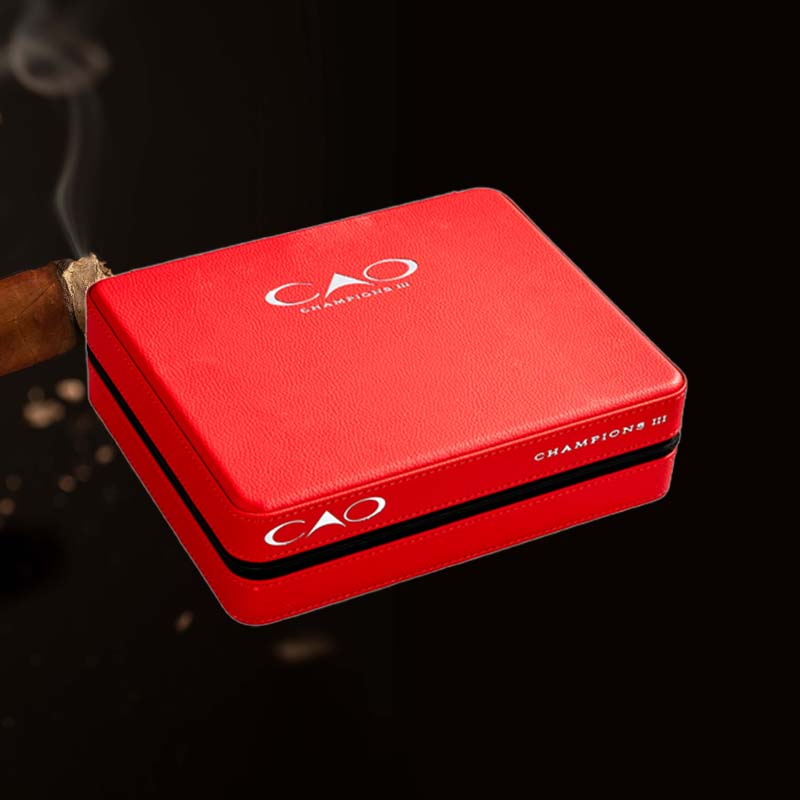
Justerbara flaminställningar
I find that being able to adjust the flame intensity is essential for different tasks. Whether I need a gentle flame for lighting a cigar or a more intense flame for culinary tasks, adjustable settings make the lighter versatile.
Hållbarhet och byggkvalitet
Enligt min erfarenhet, the best jet torch lighters are built to withstand the rigors of outdoor use. A sturdy design and quality materials ensure they last longer, especially when taking them on trips.
Cleaning and Maintenance of Jet Torch Lighters
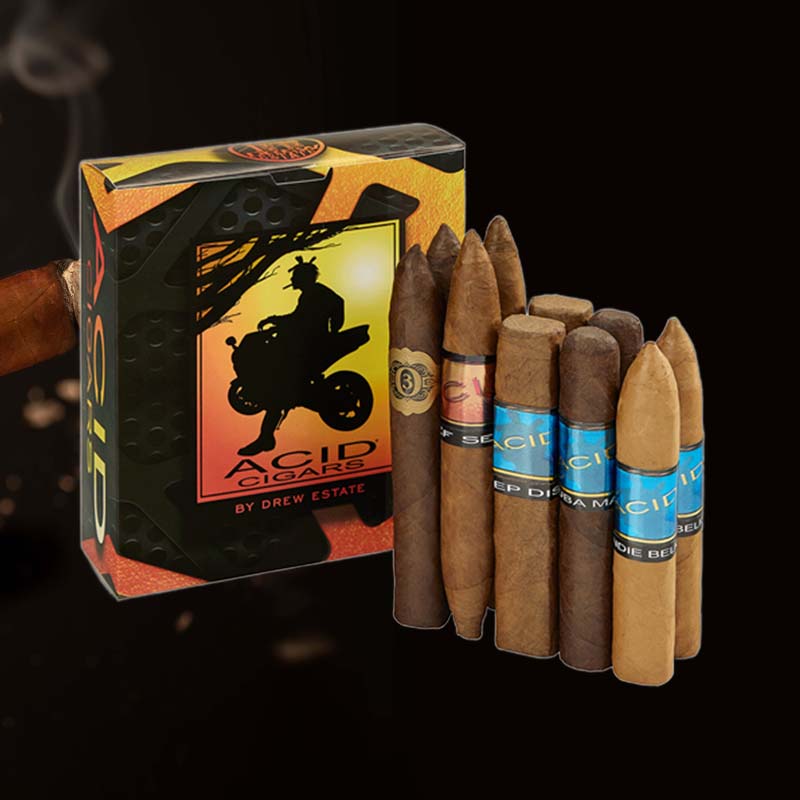
Regular Cleaning Procedures
To maintain my jet torch lighter, I usually clean it with a soft cloth and occasionally use rubbing alcohol to clear out any sticky residues. This keeps the lighter functioning optimally.
Tools Needed for Maintenance
- Soft Cloth: For wiping down surfaces.
- Compressed Air Canister: Useful for removing debris from the nozzle.
- Rubbing Alcohol: For deeper cleans when needed.
Choosing the Right Jet Torch Lighter for Your Needs
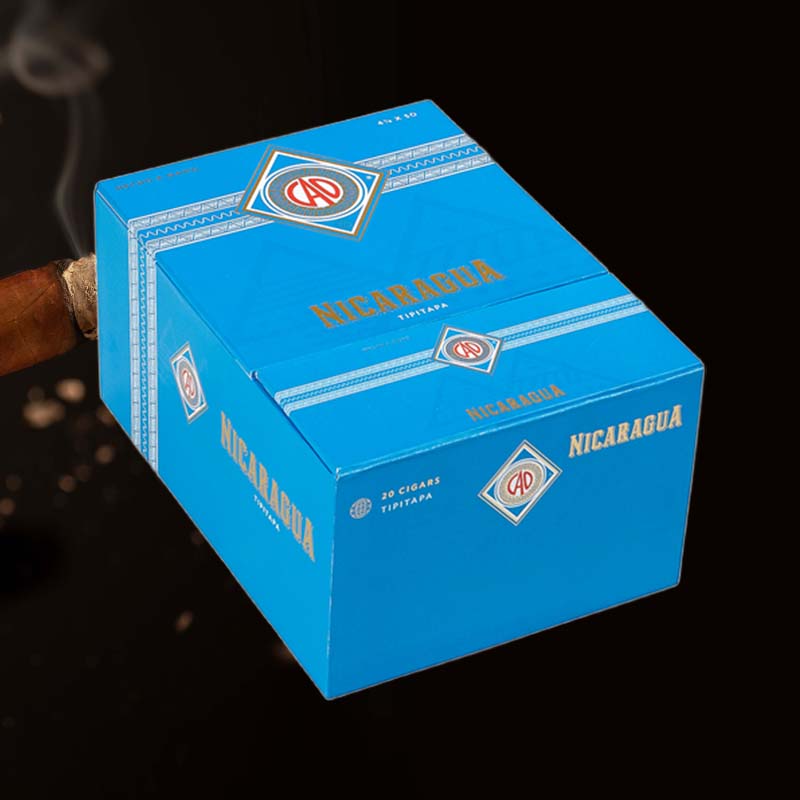
Faktorer att tänka på när du köper
- Usage Type: Decide if you need it mainly for cigars, matlagning, or outdoor activities.
- Storlek och portabilitet: Consider whether you want something compact for easy carrying.
- Pris vs. Kvalitet: I always weigh the investment against the durability and functionality.
Recommended Products for Enthusiasts
As an enthusiast, I recommend brands like Xikar and Colibri for their reliability and innovative features. I always trust these brands for both everyday use and special occasions!
Eco-Friendly Options in Jet Torch Lighters
Benefits of Using Eco-Friendly Butane
Using eco-friendly butane fuels contributes to cleaner combustion, helping reduce harm to our planet. I’ve made it a point to choose sustainable options whenever possible.
Sustainable Practices for Maintenance
- Refilling Responsibly: Avoid overfilling to reduce waste.
- Disposal: Always check local guidelines for disposing of lighter components.
Slutsats

Final Thoughts on Jet Torch Lighters
Jet torch lighters are invaluable tools that blend function with elegance. Whether I’m enjoying a fine cigar, preparing a delicious meal, or simply needing a reliable flame, understanding how these lighters work has transformed my experiences. With my newfound knowledge, I feel equipped to select, use, and maintain my jet torch lighter with confidence!
Vanliga frågor
How do jet lighters ignite?
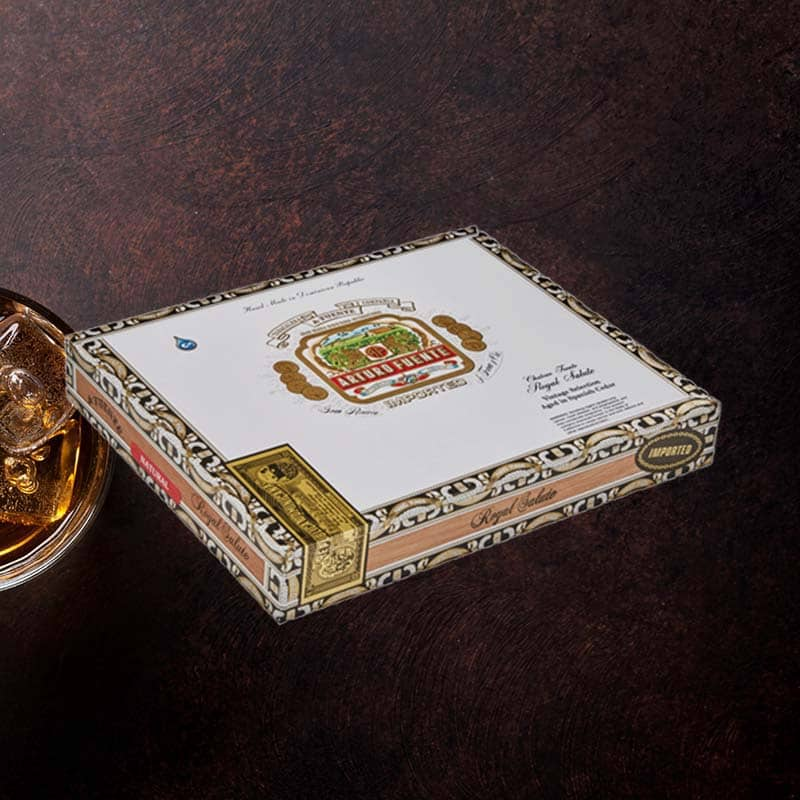
Jet lighters ignite through a combination of gas release and a spark generated by the ignition system, allowing the butane to catch fire and create a flame.
How do jet flames work?

Jet flames work by vaporizing butane under pressure and forcing it out of a nozzle at high speed, resulting in a concentrated and robust flame.
How do jet lighters spark?

Jet lighters spark using either a piezoelectric system, which generates an electric spark, or a flint igniter, which produces a spark by striking a rough surface.
How does a torch lighter igniter work?
A torch lighter igniter functions by either creating a spark through mechanical pressure (piezoelectric) or striking a flint to ignite the released fuel, lighting the flame.





